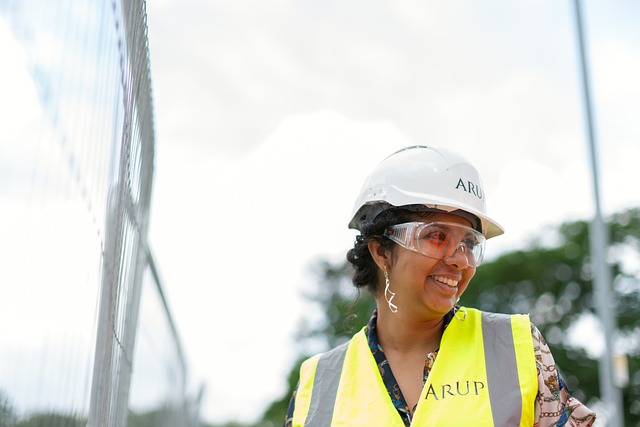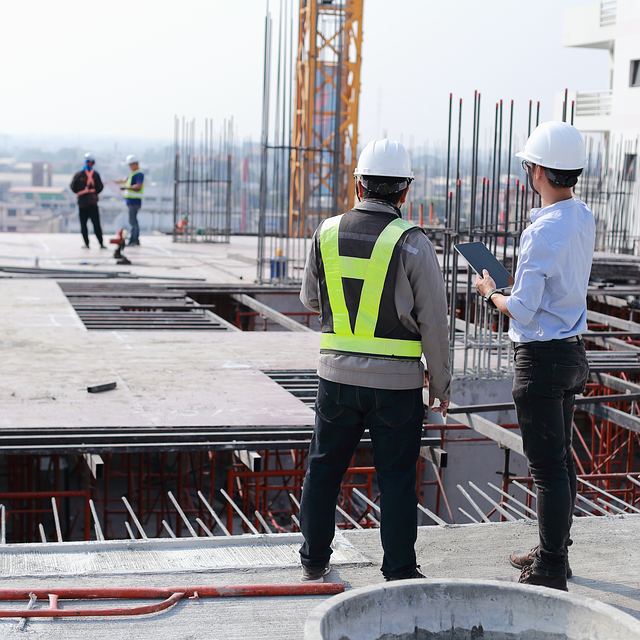Foundation Inspection: A vital process ensuring buildings' structural integrity and health through assessing material quality, detecting cracks, water damage, and alignment issues using advanced tools like GPR and thermal imaging. Regular inspections prevent costly repairs, maintain property value, and enhance safety. Common issues include cracks, water intrusion, uneven floors, and weakened footings. Advanced tools like moisture meters and GPR offer non-destructive testing methods for thorough evaluations. Scheduled every 3-5 years, these inspections preserve structural integrity, save on emergency repairs, and ensure peace of mind. Interpreting inspection results guides prioritizing repairs, with professional consultation recommended. Proactive measures, such as proper drainage and pest control, further protect against common foundation damage causes.
A solid foundation is the backbone of any home, but potential issues can go unnoticed until it’s too late. Preventative Foundation Inspection is a proactive approach to safeguard your investment. This comprehensive guide delves into the essentials of foundation assessment, highlighting why regular checks are vital for homeowners. From identifying common problems like cracks and settlement to understanding advanced techniques used by experts, this article equips you with knowledge to maintain a stable foundation. Learn how scheduling timely inspections can prevent costly repairs and ensure your home’s longevity.
Understanding Foundation Inspection: The Basics

Foundation inspection is a critical process that involves assessing the structural integrity and overall health of a building’s foundation. It is a proactive approach to identify potential issues before they become costly repairs or even safety hazards. This inspection goes beyond visual observations; it employs various tools and techniques to gather data, ensuring an accurate evaluation. By understanding the basics of foundation inspection, homeowners and property managers can better appreciate the importance of regular check-ups, which can help maintain the value and stability of their properties.
The process typically includes examining the foundation’s material quality, checking for cracks or uneven settlements, assessing water damage or moisture intrusion, and evaluating the overall structural alignment. Advanced technologies like ground-penetrating radar (GPR) and thermal imaging may be employed to detect hidden problems beneath the surface. Regular foundation inspections are essential in identifying issues early on, allowing for timely repairs that can prevent more severe and expensive damages down the line.
Why Preventative Measures Are Crucial for Homeowners

Preventative measures in home maintenance, with a focus on regular foundation inspections, are paramount for several reasons. Firstly, early detection of potential issues can prevent minor problems from escalating into costly repairs. A foundation inspection identifies cracks, uneven settling, or other signs of damage that might indicate larger structural problems. By addressing these issues promptly, homeowners can avoid the financial burden and stress associated with extensive foundation repair.
Moreover, regular inspections contribute to a longer-lasting home. Neglected foundations can lead to significant structural damage over time, compromising the safety and stability of the entire structure. Preventative care ensures that any anomalies are corrected before they become severe, maintaining the integrity of the home and safeguarding its value. This proactive approach not only saves money but also provides peace of mind for homeowners, knowing their investment is protected.
Common Issues to Look Out For During Inspection

During a foundation inspection, several common issues can reveal themselves, each signaling potential problems that need addressing. One of the most visible signs is cracks in the foundation walls, both internal and external. These cracks, no matter their size, could indicate structural instability or settling issues. Another critical area to scrutinize is the foundation’s water intrusion. Moisture accumulation can lead to mold growth, wood decay, and even more significant structural damage over time.
Paying attention to uneven floors or walls is also essential. Settling or shifting in the foundation can cause these disparities, leading to trip hazards and doors or windows that don’t close properly. Moreover, inspect for signs of weakened or damaged footings, which are the parts of the foundation that bear the weight of the structure. Any deterioration here could compromise the entire foundation’s integrity. Lastly, look out for rusted or corroded steel elements, as these could point to water damage or improper drainage nearby.
Tools and Techniques Used in Foundation Inspection

Foundation inspections involve a range of tools and techniques to ensure thorough evaluation. Professionals utilise advanced equipment like moisture meters to gauge humidity levels, which can indicate potential issues such as leaks or settlement. These devices provide immediate data, allowing for quick decision-making during the inspection process.
Additionally, non-destructive testing methods are employed to assess structural integrity without causing damage. This includes techniques like electromagnetic induction (ET) and ground penetration radar (GPR). ET is used to detect steel reinforcement within concrete, while GPR can identify voids, cracks, or anomalies in the foundation’s composition. These advanced tools complement visual inspections, providing a comprehensive analysis of a structure’s foundational health.
Scheduling Regular Checks: A Timely Approach

Regular foundation inspections are an essential part of maintaining a safe and stable home. Much like routine medical check-ups, preventive measures for your home’s foundation can help identify potential issues early on. By scheduling these checks at intervals—typically every 3 to 5 years—homeowners can avoid costly repairs down the line.
A timely approach to foundation inspection ensures that any problems are caught before they turn into significant structural damage. This proactive measure allows for cost-effective solutions, preserving the integrity of your home and its value. Moreover, regular inspections provide peace of mind by confirming that your home remains a safe haven for you and your family.
Interpreting Inspection Results and Next Steps

After a thorough foundation inspection, interpreting the results is a critical step in understanding your structure’s health. The inspector will provide a detailed report highlighting any issues found during the assessment. This may include cracks in the foundation walls, uneven floors, or signs of water damage. Each issue is typically categorized based on its severity, ranging from minor cosmetic concerns to structural defects that require immediate attention.
Once the inspection results are clear, the next steps involve prioritizing repairs. Addressing minor issues first can prevent them from escalating. More significant problems may necessitate emergency action and could impact future maintenance plans. Homeowners should consult with a professional contractor to discuss repair options, cost estimates, and timelines. Regular follow-up inspections are also recommended to monitor progress and ensure the foundation’s longevity.
Cost Considerations: Budgeting for Prevention

When considering foundation inspection, cost should not be the primary deterrent but rather a strategic investment. While initial expenses for a preventative foundation inspection might seem steep, the long-term savings far outweigh the short-term outlay. Delve into the potential costs associated with foundational issues to understand why budgeting for prevention is crucial.
Regular foundation inspections can identify subtle cracks, uneven settling, or moisture intrusion early on. Addressing these issues promptly prevents escalation, which translates to significant cost savings compared to emergency repairs or extensive renovations. In terms of ROI, a preventative approach ensures that minor adjustments are made along the way, extending the life of your foundation and reducing the likelihood of costly surprises in the future.
Expert Tips for Maintaining a Solid Foundation

Regular foundation inspections are key to maintaining a solid and sturdy structure. As an expert in the field, I highly recommend scheduling routine checks every 1-2 years, depending on your region’s climate and the age of your home. During these inspections, look for any signs of cracks, unevenness, or bulges in the foundation walls. Addressing these issues early can prevent more severe damage down the line.
To keep your foundation in top condition between inspections, there are several proactive measures you can take. Ensure proper drainage around your home by clearing debris from gutters and downspouts, which helps reduce water pressure against the foundation. Also, maintain a safe distance between trees and your house, as tree roots can disrupt soil stability. Regularly check for and fix any leaks in pipes or appliances that could lead to moisture intrusion, another common cause of foundation damage. Lastly, consider implementing a pest control system to prevent termites and other insects from compromising the structural integrity of your foundation.
